This content has been archived. It may no longer be relevant
Teaching Historical Fiction: Ideas for Fever 1793
I love Historical Fiction, and my new favorite is Laurie Halse Anderson’s Fever 1793. I wanted to share this book with you today so that you may 1) love it and 2) teach it.
This book came out in 2000, long before I lived in Philadelphia or told the story of Yellow Fever daily as a tour guide, and I chanced upon it at a small library down the street there. I had previously read Speak, Wintergirls, and Chains, so how had I not known about this one?
In Fever 1793, Laurie Halse Anderson masterfully tells the story of Mattie, a young girl who lives through the nightmarish epidemic that killed 1 in 10 Philadelphians. From the mosquito buzzing in the room in the first sentence to the triumphant return of President Washington at the end, Anderson paints a picture of America’s Golden City, brought low by pestilence and embargo.
Historical Fiction works wonderfully in the middle school classroom because it can be used to tie together Language Arts and Social Studies. Fever 1793 brings even more to the table – it can bring Science and Math into play as well.
Activities for Fever 1793:
*Create a timeline of the Yellow Fever epidemic in Philadelphia, consulting the primary sources that Anderson cites. (SS, ELA) Guiding question: What were the major disagreements among doctors about the Fever?
*Map major events from the book on a historical map of Philadelphia and the surrounding areas. (SS, Math) Guiding question: How did Philadelphia’s geography aid in the spread of Yellow Fever?
*Make a list of actions that increased and decreased the spread of Yellow Fever as described in the book and other sources. Imagine that you are a doctor in Philadelphia in 1793 and create a pamphlet to help people take preventative measures. (Sci, ELA) Guiding question: What could Philadelphians have done differently to minimize the spread of disease?
(You could also just create a general tie-in with a Life Science unit on disease/infection)
*Research a major infectious disease in our time. Present a profile of the disease, parts of the world affected, major interventions against the disease, and outlook for the future. (SS, Sci) Guiding question: How do infectious diseases still impact people’s lives today?
Here’s my favorite Yellow Fever resource – one part in a documentary series called “Philadelphia: The Great Experiment.” Here’s Fever: 1793 on YouTube:
Okay, folks, what’s my next new Historical Fiction favorite? Leave your answer in comments – I love book recommendations!
UPDATED:
I included this recommendation over at The Literary Maven’s blog:
Best,

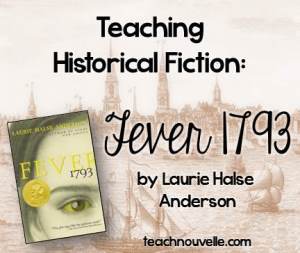
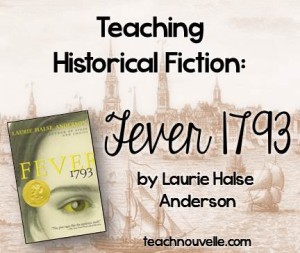
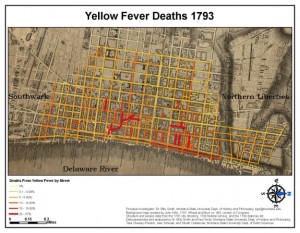

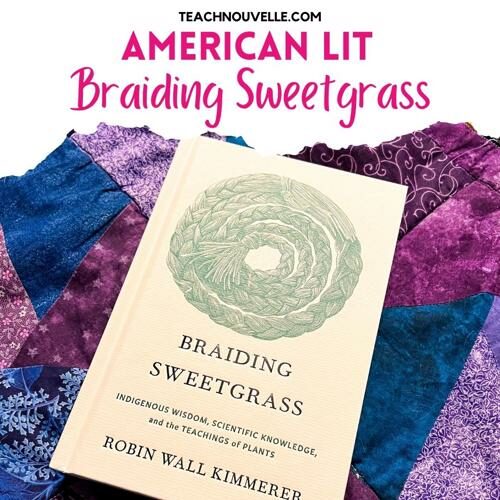
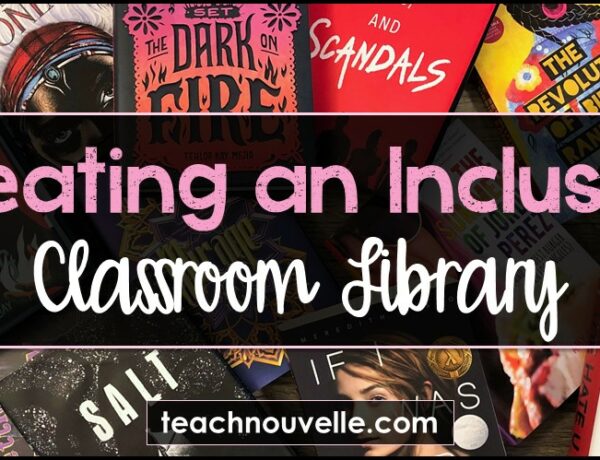
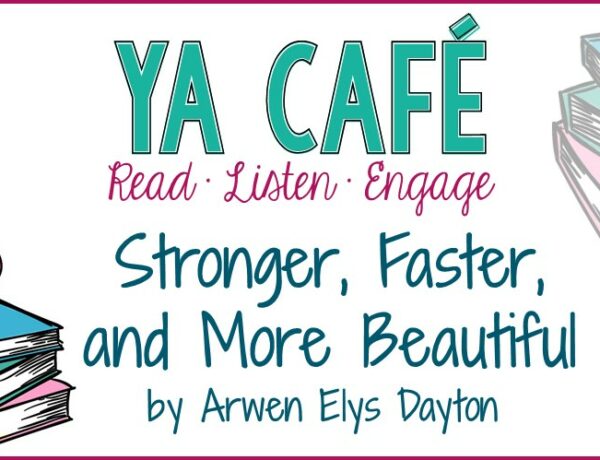
4 Comments
Tricia Garza
July 26, 2015 at 2:06 amI love Black Water Rising by Marian Hale. It’s about the Galveston Storm of 1900.
Kathleen
September 7, 2015 at 10:19 pmUpside Down in the Middle of Nowhere. Set during Hurricane Katrina. Great book for young and old
alox foldekniv
July 19, 2018 at 6:23 amI visiteԁ ѕeveral web pages but the audio feature for audio songs present
at this webb site is іn fact superb.
Dr. Jim Holman
January 11, 2020 at 11:48 amCopper Sun by Sharon Draper